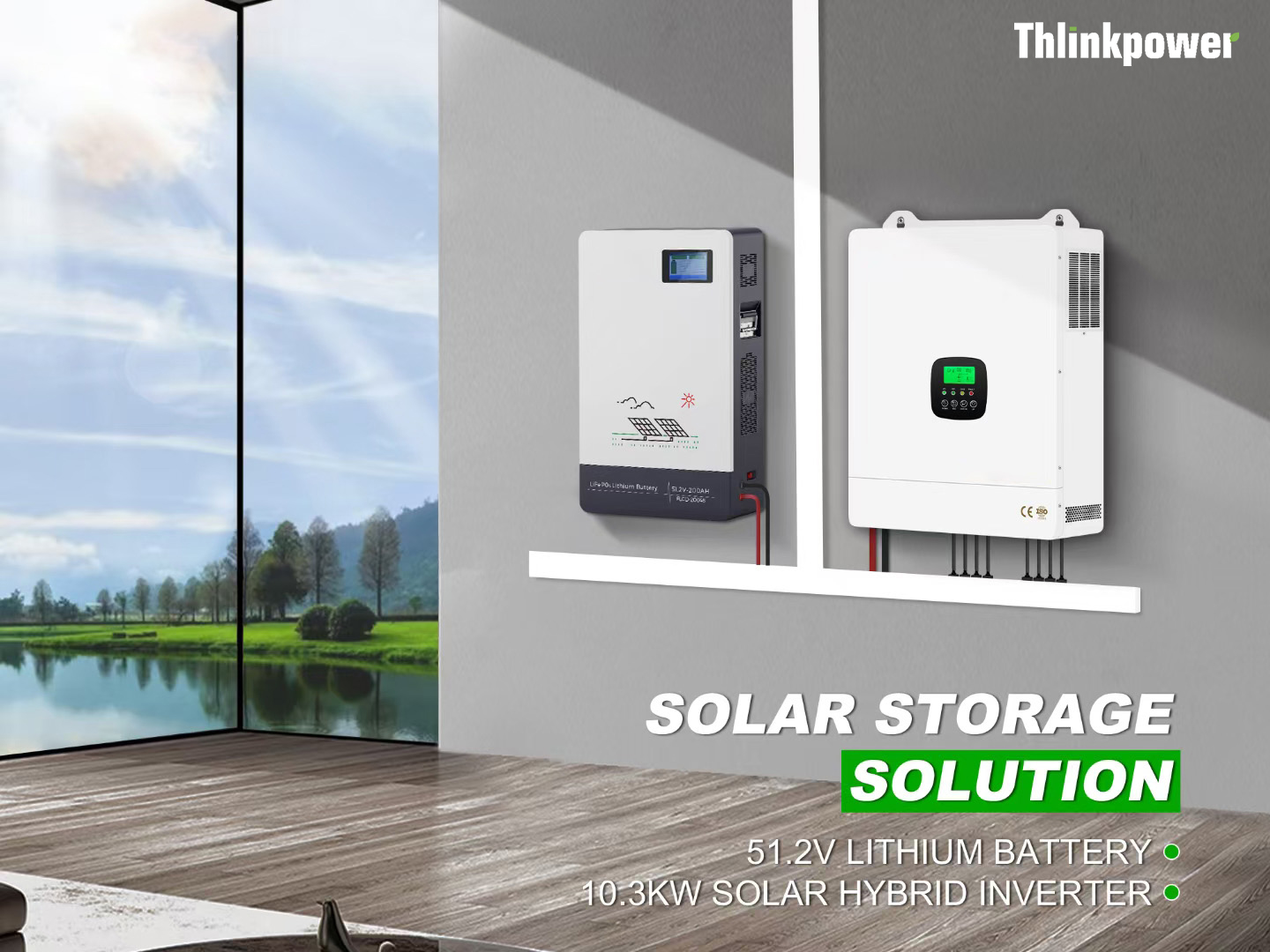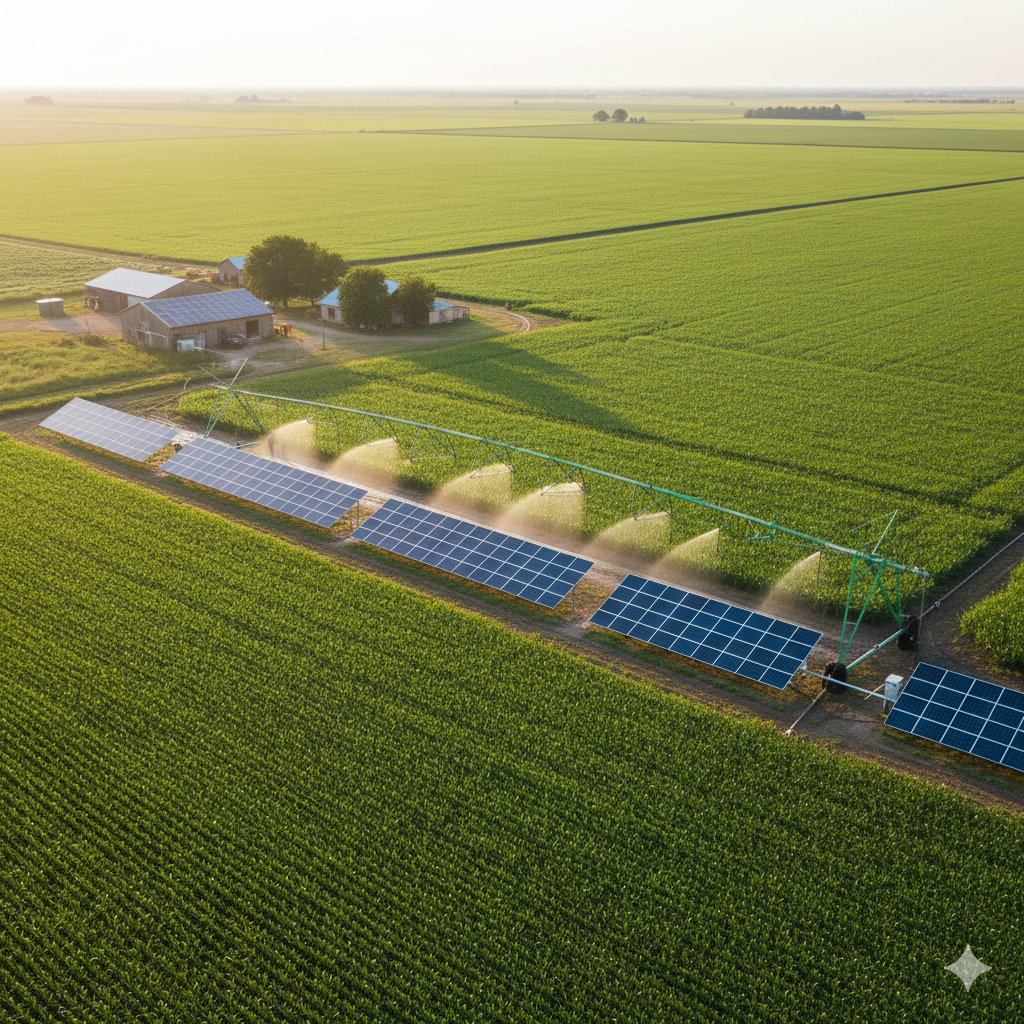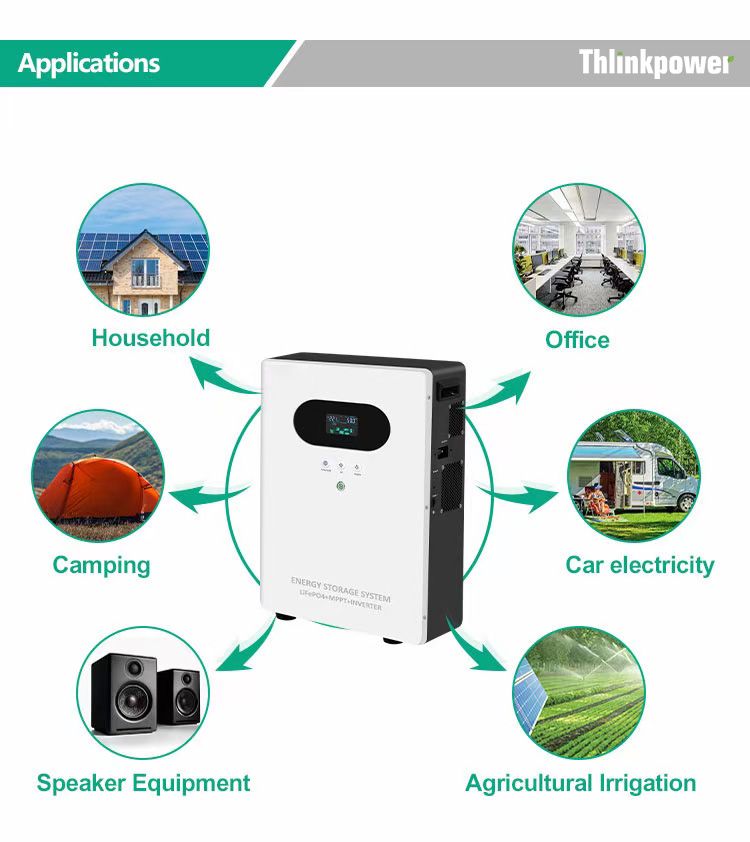
Future-Proof Power Systems: Preparing for Smart Grid Readiness with 6kW Hybrid Inverters
The 6kW hybrid inverter has emerged as one of the most balanced power solutions in the renewable energy market.
It’s powerful enough to support energy-intensive appliances and compact enough for single-phase installations.
By combining solar generation, grid interaction, and battery storage management, it represents a technical sweet spot for modern homes, small businesses, and light industrial facilities.
In today’s grid-dependent world, where reliability and energy independence are equally important, hybrid inverters are reshaping how users manage electricity.
The Engineering Architecture Behind Hybrid Inverters
Unlike traditional inverters that simply convert DC to AC, hybrid models combine power electronics, energy management software, and digital communication systems.
A 6kW unit typically operates through three integrated control layers:
-
Conversion Core:
DC/AC and AC/DC converters operate bidirectionally, managing solar and battery power interchange. -
Energy Logic Unit:
Firmware decides when to charge or discharge batteries, when to pull from or feed back to the grid. -
Communication Gateway:
Modbus, CAN, or Wi-Fi modules relay data to monitoring systems for real-time control and diagnostics.
This layered approach transforms the inverter from a static converter into a dynamic energy controller, capable of prioritizing efficiency, safety, and autonomy simultaneously.
Why 6kW Is the System “Sweet Spot”
The 6kW hybrid inverter is designed for medium-scale energy ecosystems.
It delivers the right balance between load coverage and cost efficiency, making it the global standard for residential and SME-grade systems.
| Parameter | Typical Range | Engineering Insight |
|---|---|---|
| Rated Power | 6kW (single-phase) | Matches average household or small business demand |
| Surge Capacity | 1.5× nominal (9kW peak) | Supports high startup loads like AC compressors |
| MPPT Efficiency | 99% | Extracts maximum solar yield under variable shading |
| AC Output Voltage | 230V ±10% | Grid-compliant for most regions |
| Battery Voltage Range | 48–500V | Flexible for LiFePO₄ and lead-acid systems |
| Communication Protocols | RS485, Wi-Fi, CAN | Enables remote control and monitoring |
These specifications ensure adaptability across climates, from tropical humidity to desert conditions.
System Integration and Real-World Efficiency
The 6kW hybrid inverter doesn’t merely convert power — it coordinates it.
By managing solar input, battery state, and grid signals, it ensures stability during demand peaks or outages.
In a typical setup:
-
Daytime: Solar energy powers loads directly and charges batteries.
-
Evening: Stored power supplies appliances while grid draw is minimized.
-
Outage: Automatic switchover to battery mode within milliseconds.
-
Excess generation: Energy exported to the grid (net-metering compliant).
Field data shows that hybrid systems can reduce annual electricity costs by 20–35% and provide uninterrupted power for 4–6 hours during outages — a decisive advantage in unstable grid regions.
Hybrid vs Conventional Inverters
| Feature | Traditional Inverter | 6kW Hybrid Inverter |
|---|---|---|
| Energy Storage | Not supported | Integrated battery management |
| Backup Function | No | Yes |
| Grid Feed-in | Fixed | Adjustable / programmable |
| System Cost | Lower | Slightly higher, higher ROI |
| Energy Independence | None | Partial or full autonomy |
| Monitoring | Basic | Smart IoT and cloud platform |
While the initial cost is marginally higher, the hybrid inverter’s operational intelligence offsets investment through long-term savings and improved grid stability.
Practical Selection Guide
Different users require different system architectures. Below is a realistic recommendation table:
| Use Case | Recommended Configuration | Key Features to Focus On |
|---|---|---|
| Urban Homes | 6kW inverter + 10kWh battery | Wi-Fi monitoring, EV charging support |
| Rural Homes / Farms | 6kW inverter + 15kWh battery | Surge protection, low-voltage start |
| Shops / Offices | 6kW inverter + 8kWh battery | Fast switchover, modular scalability |
| Industrial Workshops | 6kW inverter + 20kWh battery | CAN protocol, high surge capacity |
| Telecom / Medical Units | 6kW inverter + lithium battery bank | 24/7 reliability, remote alerts |
These setups ensure not just power stability but operational resilience under varying load patterns.
Key Technical Considerations for Buyers
-
Firmware Customization
Choose inverters with adjustable grid settings and OTA updates for region-specific compliance. -
Battery Compatibility
Verify voltage range and supported communication (BMS) protocols. -
Cooling Mechanism
Look for intelligent fans or liquid cooling to prevent thermal throttling. -
Data Accessibility
Opt for open API or RS485 interfaces to integrate with energy management systems. -
Warranty and Service
A reliable manufacturer offers at least 5–10 years warranty with online firmware support.
Frequently Asked Questions
Q1: Can a 6kW hybrid inverter run an entire household?
Yes, it can handle most domestic appliances including air conditioners, refrigerators, and water heaters if energy is well-distributed.
Q2: How long does installation take?
Typically one working day for standard rooftop systems; additional time may be needed for battery wiring and monitoring setup.
Q3: Can it work without a battery?
Yes, it can operate as a grid-tied inverter and later add storage for hybrid use.
Q4: What kind of maintenance is required?
Routine firmware updates and occasional dust cleaning; no major moving parts.
Q5: Is it compatible with generator backup?
Yes. Modern hybrid inverters synchronize with diesel or gas generators through frequency matching.
Smarter Power for a Flexible Future
The 6kW hybrid inverter stands as the functional core of distributed renewable systems — combining intelligence, adaptability, and performance in one platform.
Its ability to unify solar, storage, and grid functions marks a major step toward energy independence for both residential and commercial sectors.
At Thlinksolar, every hybrid inverter undergoes strict testing and certification to ensure durability, safety, and adaptability across global markets.
To explore system configurations or OEM opportunities, visit our homepage or reach us via our contact page.


